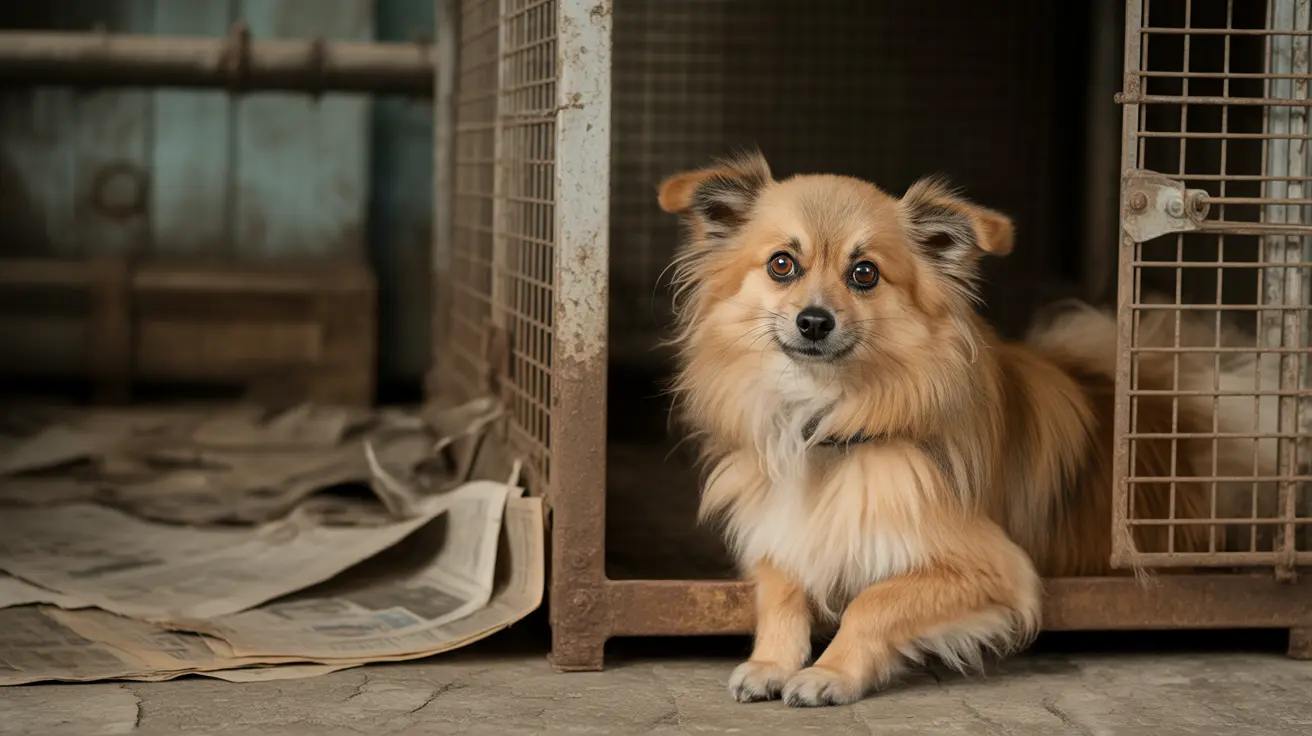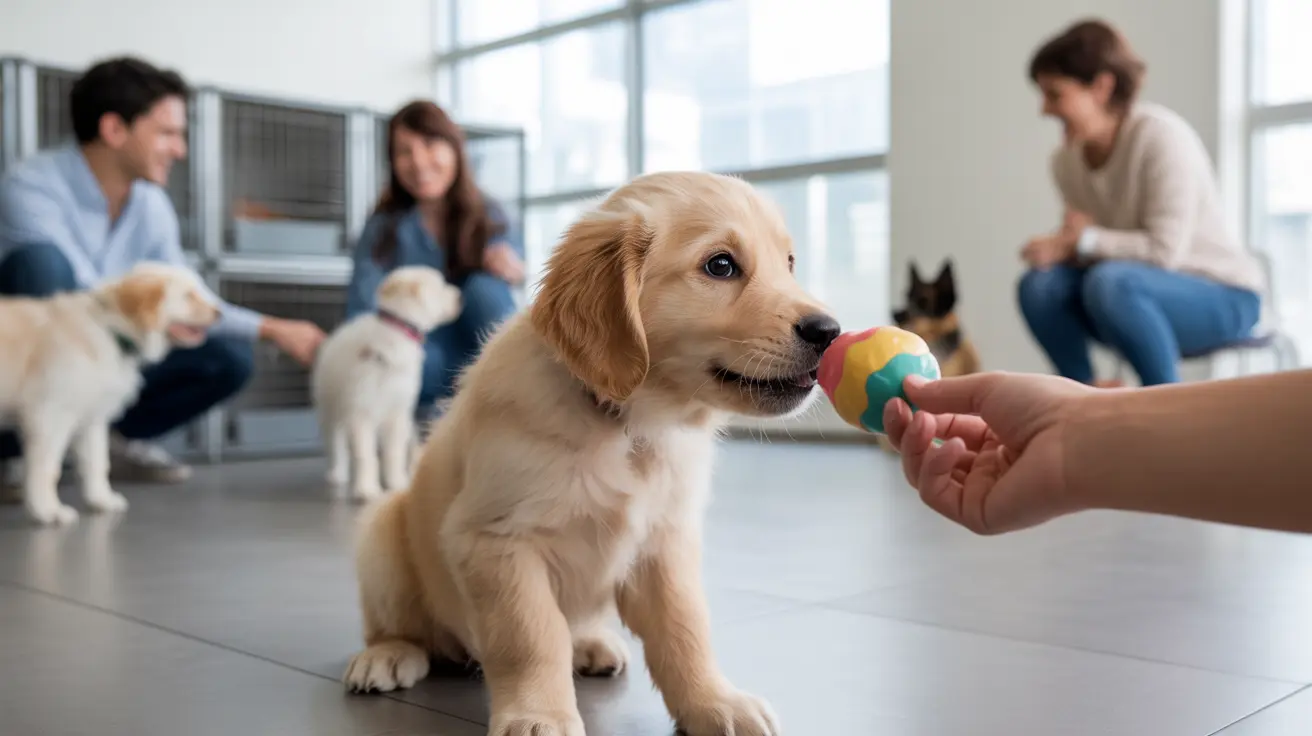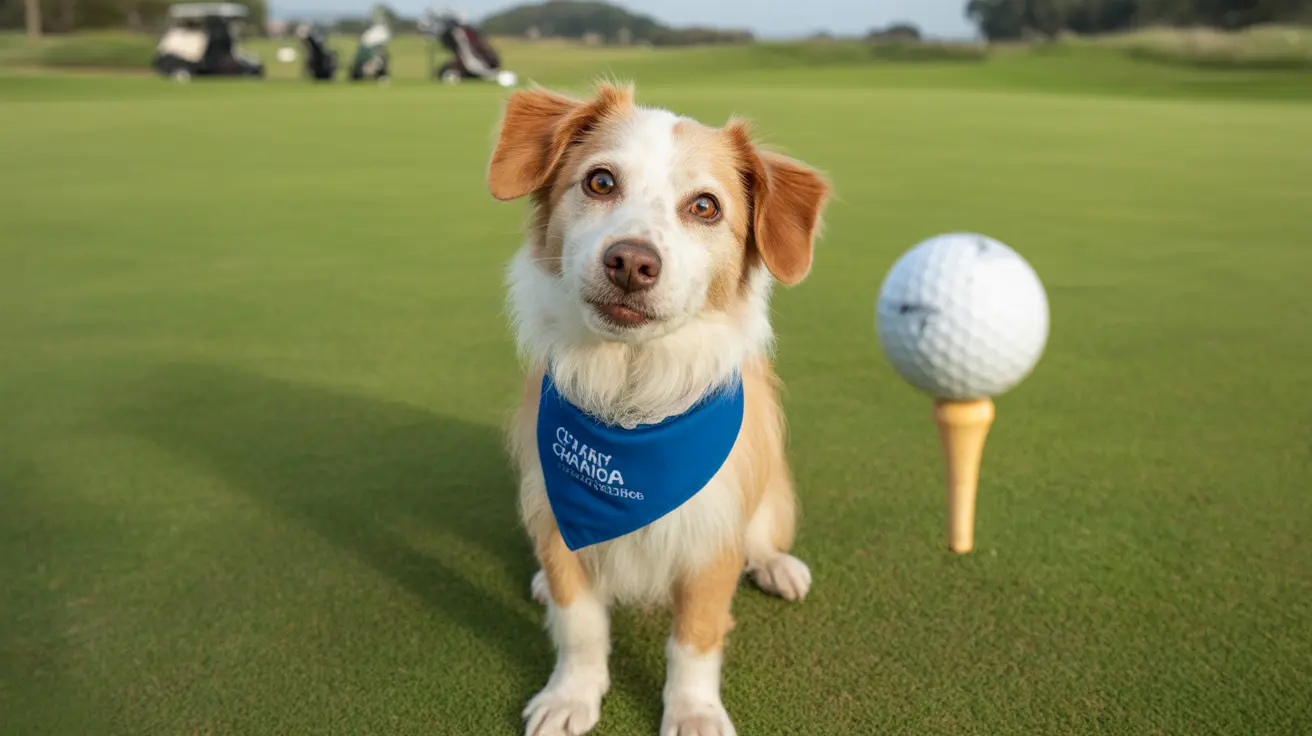Should Dogs Eat Fried Rice? What Every Pet Owner Needs to Know
If you're tempted to share your takeout or leftover fried rice with your dog, it's important to pause and consider the risks. While rice itself is a safe, even beneficial ingredient for many dogs, fried rice dishes introduce a host of hazards that can make your well-intentioned treat dangerous.
Why Plain Rice Is Safe for Dogs
Plain, cooked rice—especially white rice—is a staple in many veterinarian-recommended bland diets for dogs with upset stomachs. It's easy to digest and helps firm up loose stools. Brown rice is also safe and brings more fiber to the table, though it can be harder on sensitive stomachs. Jasmine and basmati rice varieties are fine too, as long as they're served unseasoned and plain.
- Rice provides energy through carbohydrates.
- It contains nutrients like magnesium, phosphorus, manganese, selenium, iron, B vitamins, folic acid, thiamin, and niacin.
- It's low in fat and sodium when served plain.
For a gentle meal during recovery from digestive issues, many vets suggest mixing plain rice with boiled chicken or turkey (no skin or bones), usually at a ratio of two parts rice to one part protein.
The Dangers Hidden in Fried Rice
Fried rice—whether homemade or from a restaurant—almost always includes ingredients that are unsafe for dogs. Let's break down why:
- Garlic and onions: Even small amounts can damage red blood cells in dogs and cause anemia. They're toxic whether raw, cooked, powdered, or dried.
- Soy sauce: High sodium content can lead to salt poisoning in dogs.
- Oils and fats: Fried foods can upset your dog's digestive system or trigger pancreatitis—a painful and potentially serious inflammation of the pancreas.
- Seasonings: Many spices and flavorings used in fried rice are not safe for canine consumption.
If your dog accidentally eats fried rice (even just a few bites), watch closely for symptoms such as vomiting, diarrhea, lethargy, increased heart rate or breathing difficulties, pale gums, or drooling. If you notice any of these signs—or if your dog has eaten a large amount—contact your veterinarian right away.
How Much Rice Is Safe?
If you want to give your dog some plain cooked rice as an occasional treat (or as part of a bland meal), stick to these portion guidelines per meal:
- Extra-small dogs (2–20 lbs): 1–2 tablespoons
- Small dogs (21–30 lbs): 2–3 tablespoons
- Medium dogs (31–50 lbs): 1/4 cup
- Large dogs (51–90 lbs): 1/3 cup
- Extra-large dogs (91+ lbs): 1/2 cup
Treats—including plain rice—should never make up more than 10% of your dog's daily calories. Remember: moderation is key!
The Best Way to Serve Rice to Your Dog
- Cook the rice thoroughly without adding butter, oil, salt, or seasonings.
- If desired, mix with plain boiled chicken or turkey for extra protein.
- Add plain vegetables like carrots or peas if you'd like—but skip any sauces or spices.
This approach ensures your dog gets the benefits of rice without any hidden dangers lurking in fried versions. Portion control prevents weight gain and keeps their diet balanced.
Cautions for Special Cases
If your dog has diabetes, obesity issues, or grain sensitivities, limit their intake of white rice due to its high glycemic index. Brown rice is lower on the glycemic scale but still should be offered sparingly if these conditions apply. Always consult with your vet before making changes to your dog's diet if health concerns exist.
Avoiding Restaurant Rice Dishes
Dishes like Chinese takeout fried rice or egg fried rice are especially risky because they're loaded with unsafe ingredients: garlic powder, onion powder, soy sauce—and often extra fat from frying oils. Even small amounts can cause trouble for sensitive pups. The safest bet? Don't share seasoned or restaurant-prepared rice dishes with your dog at all.
If Your Dog Eats Fried Rice by Accident
- Monitor them closely for signs of toxicity: vomiting; diarrhea; lethargy; abnormal heart rate; labored breathing; pale gums; drooling.
- If symptoms appear—or if they ate a large quantity—call your veterinarian immediately for advice.
The Bottom Line: Keep It Simple
Your dog will thank you for sticking with plain cooked rice, served in moderation alongside other healthy foods. Skip the fried stuff entirely—it's just not worth the risk!





